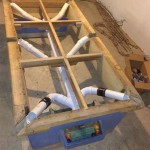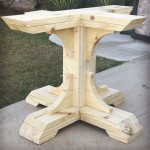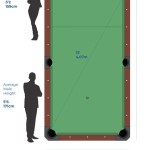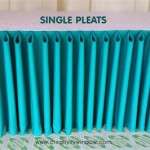Essential Aspects of Best Containers for Growing Vegetables Indoors in Winter
Growing vegetables indoors during winter not only extends your gardening season but also provides fresh produce all year round. Selecting the right containers is crucial for successful indoor gardening. Here are key aspects to consider when choosing the best containers for your vegetable endeavors:
1. Material and Drainage:
Containers can be made from various materials, including plastic, ceramic, wood, and fabric. Plastic containers are lightweight, durable, and inexpensive. Ceramic and wood containers add aesthetic appeal but may be heavier and less breathable. Fabric containers, like grow bags, provide good drainage and aeration. Adequate drainage is essential to prevent root rot. Look for containers with drainage holes or slots to allow excess water to escape.
2. Size and Root Space:
The size of the container should correspond to the root system of the plants you intend to grow. Some vegetables, such as tomatoes and peppers, have extensive root systems and require larger containers. Carrots and radishes, on the other hand, have smaller root systems and can be grown in smaller containers. Ensure the container provides ample space for root growth to prevent overcrowding and stunted plants.
3. Light Exposure:
Indoor vegetable gardens rely on artificial light for photosynthesis. Consider the light requirements of the vegetables you choose and select containers that maximize light exposure. White or reflective containers can enhance light reflectivity. Hanging baskets or trellises can increase the vertical space for plants, allowing them to receive more light.
4. Water Retention and Porosity:
The container's material and design can impact water retention and porosity. Plastic containers tend to retain moisture, while porous materials like terracotta allow for better drainage. The size of the container also affects water retention. Larger containers hold more soil, which retains more moisture. Adjust watering frequency based on the container's water retention capabilities.
5. Aesthetics:
While functionality is paramount, the appearance of containers can complement your indoor décor. Choose containers that match the style and ambiance of your home. Decorative containers can enhance the appeal of your indoor garden and serve as stylish conversation pieces.
By considering these essential aspects, you can select the best containers for growing vegetables indoors in winter. Remember, the right containers will support healthy plant growth, maximize yields, and bring the joy of fresh produce to your home throughout the cold winter months.

How To Grow An Indoor Survival Garden The Provident Prepper

Grow Vegetables All Year Long With Cold Frames Fine Gardening

The Best 11 Vegetables To Grow In Pots And Containers Gardener S Path

Easiest Vegetables To Grow In Flower Pots

How To Grow An Indoor Survival Garden The Provident Prepper

20 Best Vegetables For Container Gardening A Piece Of Rainbow

Container Vegetable Gardening Guide Harvest To Table

Growing Vegetables Indoors Under Led Grow Lights

The Best 11 Vegetables To Grow In Pots And Containers Gardener S Path

How To Grow An Indoor Survival Garden The Provident Prepper








